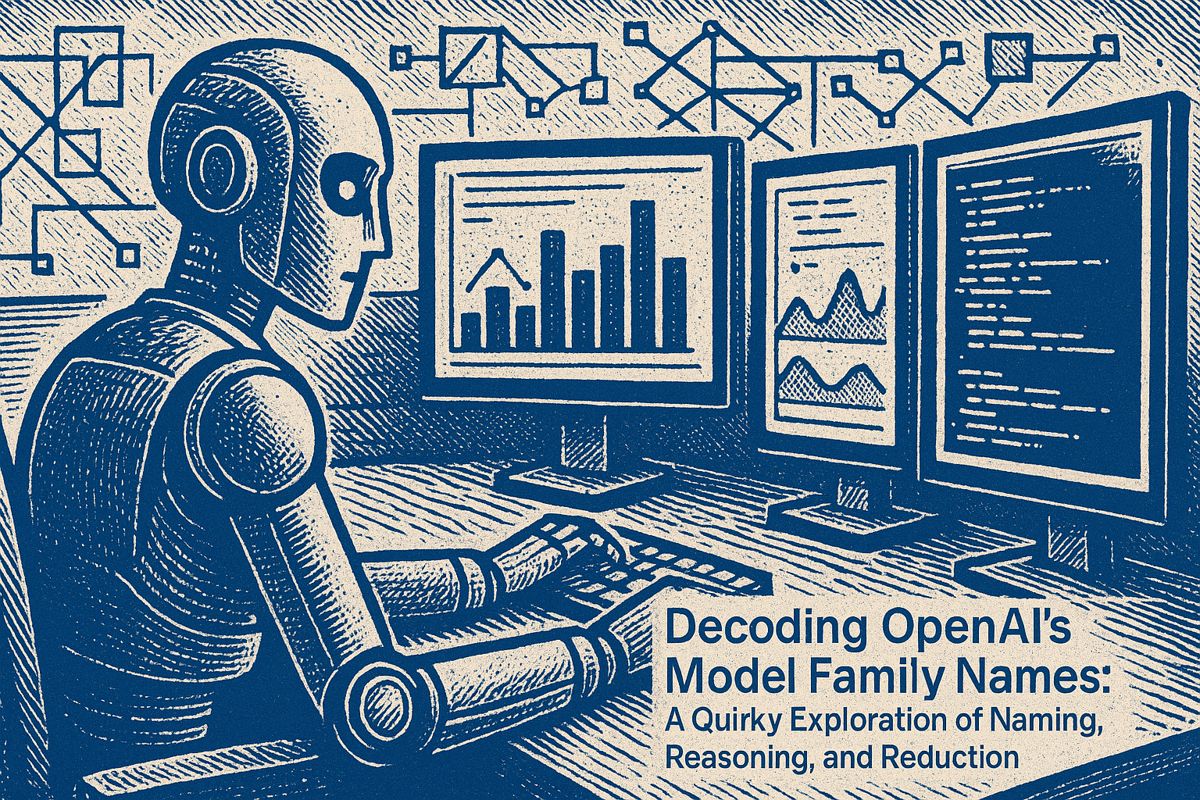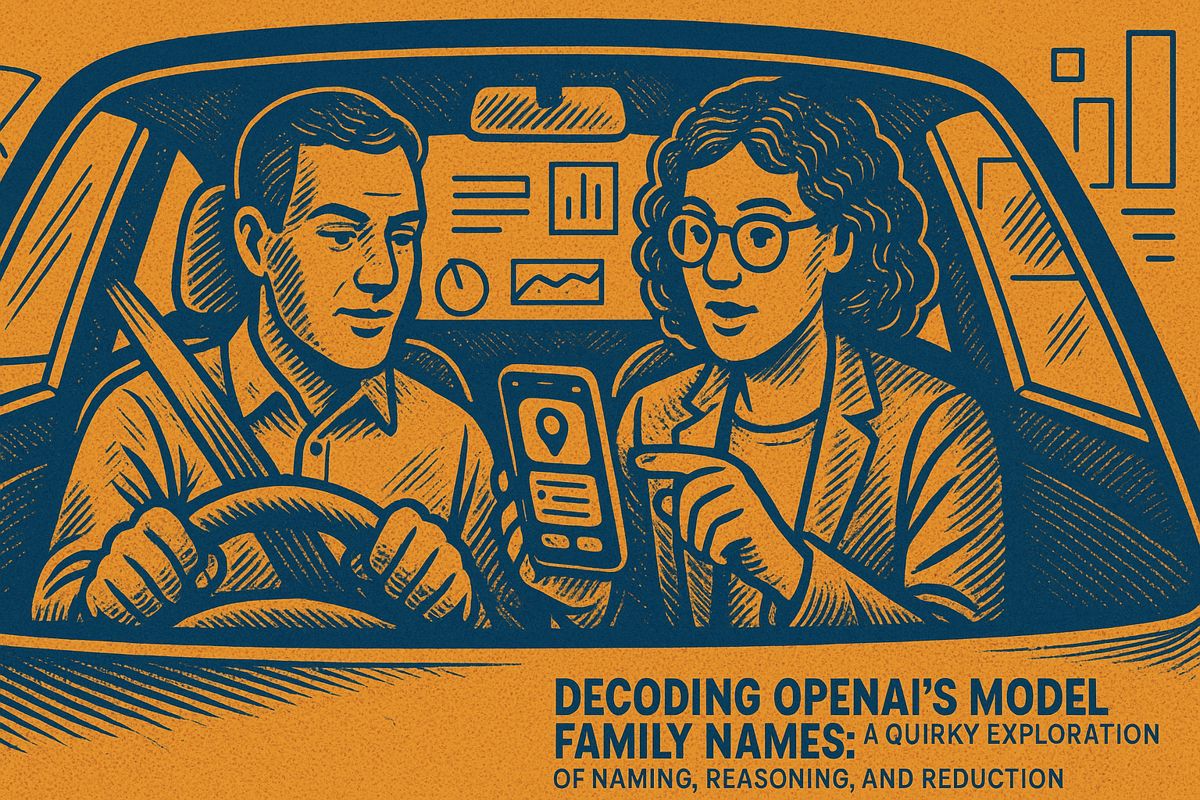Here’s the text with the most important phrase in bold:
Old computer encoding systems like EBCDIC create massive challenges for modern data compliance, especially under GDPR regulations. Legacy systems in banks and insurance companies struggle to accurately represent diverse names and characters, risking huge financial penalties up to €20 million. Unicode emerges as a solution, forcing organizations to modernize their data infrastructure and migrate complex mainframe systems. The transition is expensive, time-consuming, and technically complex, requiring careful examination of every data field and integration point. Ultimately, this technological evolution represents more than a technical challenge—it’s about ensuring every person’s identity is correctly represented in digital systems.
What is the Impact of EBCDIC on Modern Data Compliance?
EBCDIC encoding in legacy systems creates significant challenges for GDPR compliance, forcing organizations to migrate complex mainframe infrastructures. This can cost millions and require years of effort, with potential fines up to €20 million for non-compliance with data representation standards.
The Glow of Green Screens and Lingering Ghosts
The other day, an article yanked me straight back to my very first tech job, where I’d spend long nights hypnotized by the eerie green gleam of a mainframe terminal. That memory is still sharp: the rhythmic clatter of those old dot matrix printers, the endless procession of tractor-feed paper, and data streaming by in a code that always felt like Morse from another planet. Back then, we lived and breathed EBCDIC. Most people today have never heard of it, yet EBCDIC quietly keeps the gears turning for banks and insurers across continents. Odd how such a shadowy bit of digital plumbing can suddenly be yanked into the harsh light of modern regulations like GDPR, isn’t it?
I still remember the odd, almost acrid scent of printer ink soaked into the floor tiles. That sensory detail has stuck with me, a reminder of how the analog world left traces even inside the digital one.
From Quirks to Compliance: The Hidden Risk in Every Name
So what’s the real issue? Let me sketch out the stakes. Legacy systems built on EBCDIC can’t store every possible name or character; the encoding simply lacks the range. GDPR, on the other hand, is unambiguous: every bit of personal data—names, addresses, you name it—must be faithfully represented, regardless of which alphabet, diacritic, or script it comes from. There’s no room for digital amnesia or those infamous question marks.
This seemingly tiny incompatibility is now forcing massive migrations. Financial giants like Lloyds and AIG, as well as government agencies, still rely on mainframes speaking EBCDIC. The cost to switch? Sometimes tens of millions and years of effort. For a while, I’ll admit, I underestimated just how deeply embedded these systems were. That was a rookie mistake; after a Basel II compliance audit in 2017, I realized, sheepishly, that EBCDIC is like ivy growing through the bricks of legacy infrastructure. Hard to rip out.
And the stakes are Everest-high: GDPR non-compliance can mean fines up to €20 million, or 4% of global revenue. That should make any CIO’s heart skip a beat, even as they sip their morning espresso.
Unicode’s Grand Entrance: A Solution, but Not a Magic Wand
Unicode, that linguistic chameleon, emerged as the promised savior. It clutches nearly every written symbol—runic, Kanji, emoji—close to its heart. No more “L?zzi” errors. No more excuses for digital illiteracy. In theory, it’s the Rosetta Stone of tech. In practice, though, migrating to Unicode across sprawling, tentacled mainframe systems is like trying to swap the engine on a cruise ship without stopping the voyage. (Picture the sweat on foreheads at those migration planning sessions. “Do we even know how many names use special characters?” someone always asks, with a nervous laugh. Spoiler: it’s never just a handful.)
The intricacies are dizzying: every data field, every integration, every forgotten corner where user data lurks needs scrutiny. And for every success story, there’s a Kafkaesque detour. I’ve felt a mix of exasperation and grim amusement watching teams untangle these digital knots. The process is rarely painless, and yet—there’s a strange thrill when that first clean Unicode export lands, every name in its sacred, ungarbled glory.
Isn’t it almost poetic? GDPR, a legal sledgehammer, is forcing the world’s most change-averse institutions to modernize, one character set at a time.
The Real Stakes: More Than Just Nostalgia
Here’s the heart of it: this isn’t just an anecdote about some quirky IBM standard from 1964. It’s a story about how history, law, and technology collide and force organizations to confront the skeletons in their data closets. ASCII, EBCDIC, all those dearly departed national codepages—these relics have shaped the digital lives of millions, sometimes for the worse.
So, what have I learned? To stop underestimating history’s grip on our infrastructure, for one thing. And to accept that real progress sometimes comes not through shiny new features, but by finally—finally—getting someone’s name right. Even if, in the process, a few ancient systems sputter and gasp their last. There’s a weird satisfaction in that, like watching old wallpaper peel to reveal the truth beneath.
Will technology ever outpace its own baggage? Maybe. But for now, we watch as one domino tips another, encoding by encoding, toward a world where everyone gets to see their name as it truly is. That, at least, feels like progress—even if we never quite shake the ghosts of green screens and printer ink.
Funny how these things stick with you…



















